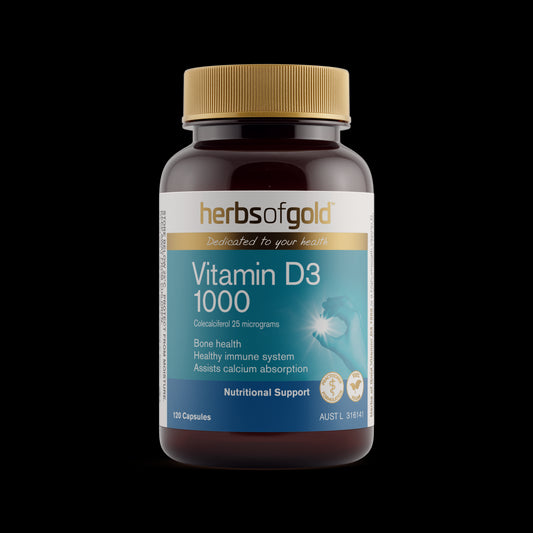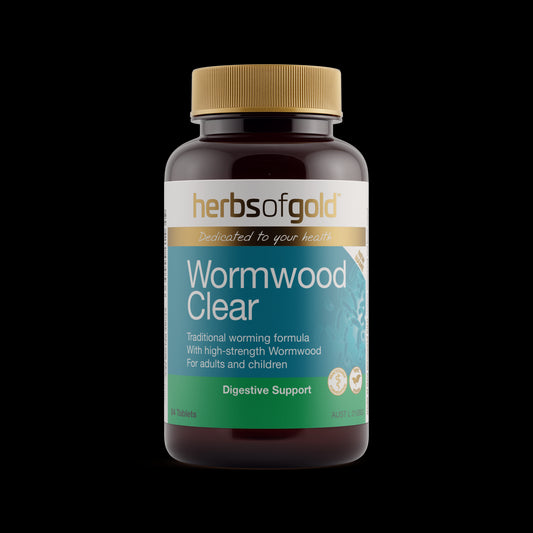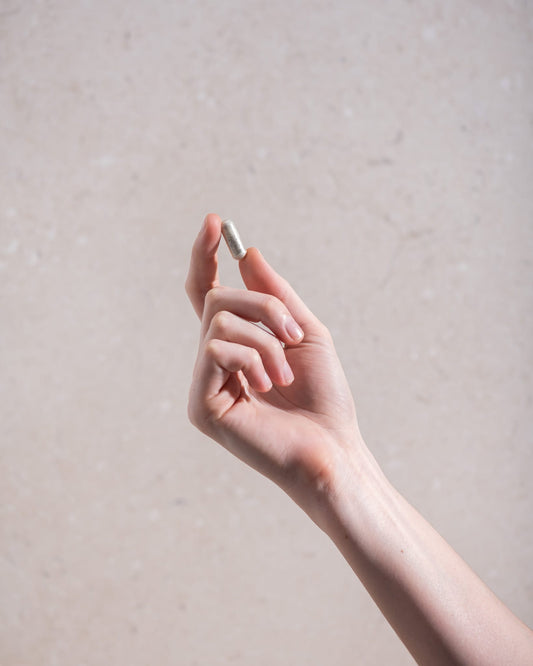Oregano has a long history of use dating back to the ancient Greek and Roman empires, where it not only featured widely in cooking, but the leaves were used to treat a variety of ailments.
The main active components of Oregano essential oil are the two main phenols carvacrol and thymol. Carvacrol is a phenol present in a few essential oils including oregano, thyme, pepperwort and wild bergamot. The essential oil of thyme contains between 5-75% carvacrol, while other subspecies have lower amounts of between 1% and 45%[1].
Oregano is one of the richest sources of carvacrol, constituting between 78-85% of the oil[2]. In fact, carvacrol demonstrated the highest activity when assessed against other common essential oils including Thyme, Peppermint, Sage, Chamomile and Lavender[3]. Carvacrol is believed to be responsible for most of health-supporting properties of Oregano oil.
Oregano oil has been extensively studied both in vitro and in vivo[4], showing supportive effects on the immune system, with one in vitro study concluding the Oregano oil had the highest and broadest immune-supportive activity compared with other essential oils[5].
Oregano oil is also a potent antioxidant, reducing free radicals formed in the body. Among the essential oils from the different parts of Oregano, the leaf-flower oils have demonstrated the best antioxidant activity[6].
Herbs of Gold Organic Oregano Oil contains 100% Certified Organic Oregano oil with not less than 80% carvacrol. Herbs of Gold Organic Oregano Oil is a 100% leaf extract, supporting immune system health.
Extracting the essential oil from the Oregano plant for Herbs of Gold Organic Oregano Oil is a delicate process. The plant undergoes a gentle steam distillation extraction process in combination with a quick cooling process, avoiding the use of both chemicals and alcohol, respecting the delicate nature of the oil and helping to maintain both its concentration and purity.
[1] Vladić, J., Zeković, Z., Jokić, S., Svilović, S., Kovačević, S., & Vidović, S. (2016). Winter savory: Supercritical carbon dioxide extraction and mathematical modeling of extraction process. The Journal of Supercritical Fluids, 117, 89-97.
[2] Kokkini, S., Karousou, R., Dardioti, A., Krigas, N., & Lanaras, T. (1997). Autumn essential oils of Greek oregano. Phytochemistry (44), 883-886.
[3] Soković, M. D., Glamočlija, J., Marin, P. D., Brkic, D., & van Griensven, L. J. (2010). Antibacterial effects of the essential oils of commonly consumed medicinal herbs using an in vitro model. Molecules, 15, 7532-7546.
[4] Baser, K. H. (2008). Biological and pharmacological activities of carvacrol and carvacrol bearing essential oils. Current Pharmaceutical Design, 14(29), 3106–3119.
[5] Soković, M. D., Glamočlija, J., Marin, P. D., Brkic, D., & van Griensven, L. J. (2010). Antibacterial effects of the essential oils of commonly consumed medicinal herbs using an in vitro model. Molecules, 15, 7532-7546.
[6] Han, F., Ma, G. Q., Yang, M., Yan, L., Xiong, W., Shu, J. C., Zhao, Z. D., & Xu, H. L. (2017). Chemical composition and antioxidant activities of essential oils from different parts of the oregano. Journal of Zhejiang University. Science. B, 18(1), 79–84.




















